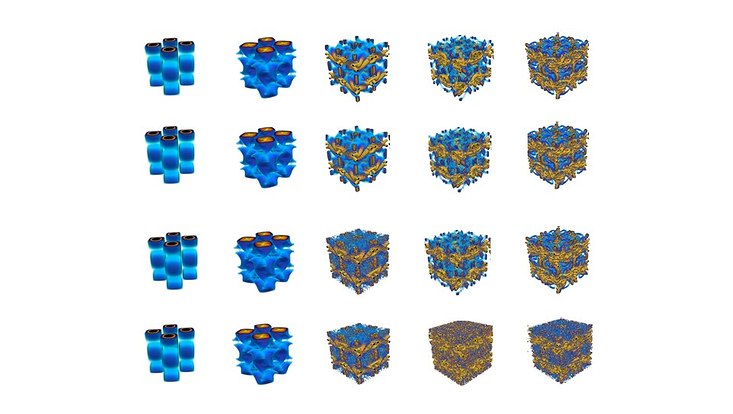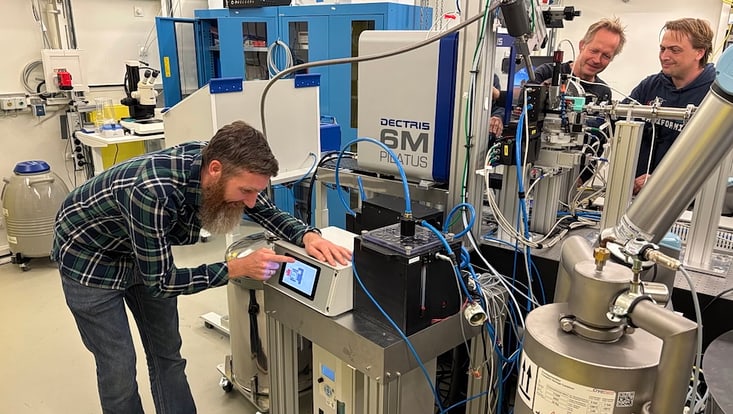Imaging of Matter
A quantum inspired perspective on turbulence
13 January 2022

Photo: Nikita Gourianov
An international team of scientists describes a new route of attack on the yet unsolved problem of turbulence. The work by researchers from the Universities of Oxford, Bath and Pittsburgh has just been published in Nature Computational Science. Since October 2021, Prof. Dieter Jaksch, who is one of the corresponding authors, has been a professor at the Department of Physics at Universität Hamburg and the Cluster of Excellence “CUI: Advanced Imaging of Matter”.
Many decades ago, Richard Feynman remarked “turbulence is the last, great unsolved problem of classical physics”. Being able to model the chaotic motion of fluids known as turbulence is of paramount importance to understanding nature, as such flow is ubiquitous and can be found everywhere from the flows of our oceans to the wake of an aircraft. “However, accurately resolving the tiny but important swirls characterizing turbulence necessitates handling inordinate amounts of data at enormous computational expense,” says the study’s first author Nikita Gourianov from Oxford.
The research team has identified similarities between turbulence and many-body quantum systems that offer a new, quantum-inspired perspective on turbulence. This perspective reveals that turbulence contains structure which can be exploited by tensor networks. These networks are a class of numerical methods typically used for simulating many-body quantum systems and offer a highly compressed representation of turbulence data. This leads to efficient fluid simulation algorithms for both classical and quantum computers that hold the promise of pushing the envelope in what flows are possible to simulate.
Citation
N. Gourianov, M. Lubasch, S. Dolgov, Q. Y. van den Berg, H. Babaee, P. Givi, M. Kiffner, and D. Jaksch
“A Quantum Inspired Approach to Exploit Turbulence Structures”
Nature Computational Science (2022)


